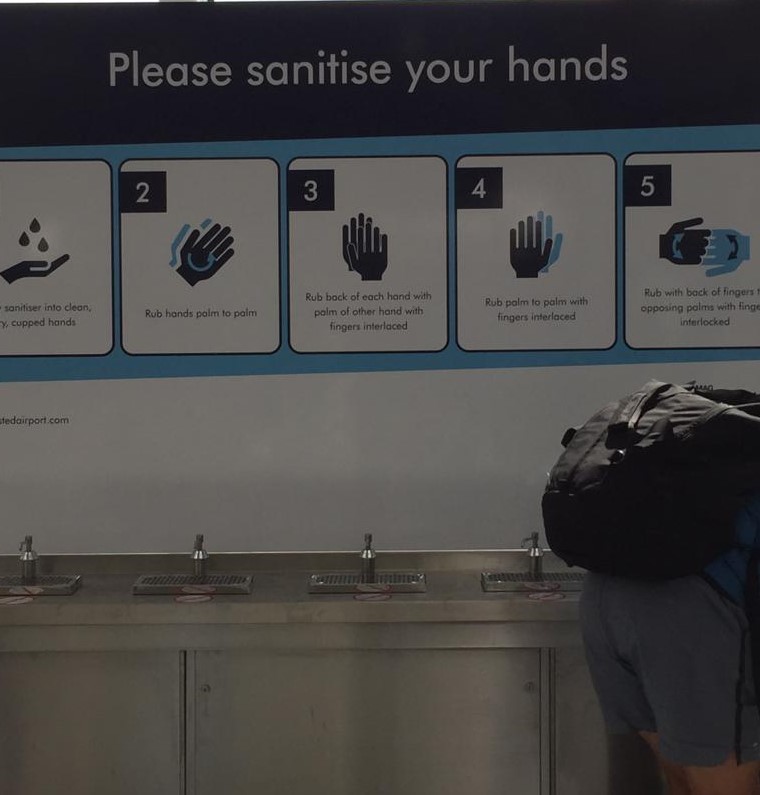Flying from the UK to France – does this give us a preview of post-COVID travel at large?
10 Jul 2020
In recent months we have had a lot of enquiries about education materials related to advice for travel in the post COVID-19 world. We had no plans to change our foundation course material, but instead we are considering producing a short supplementary course or animation that will be equally valid for domestic and international travel. […]
